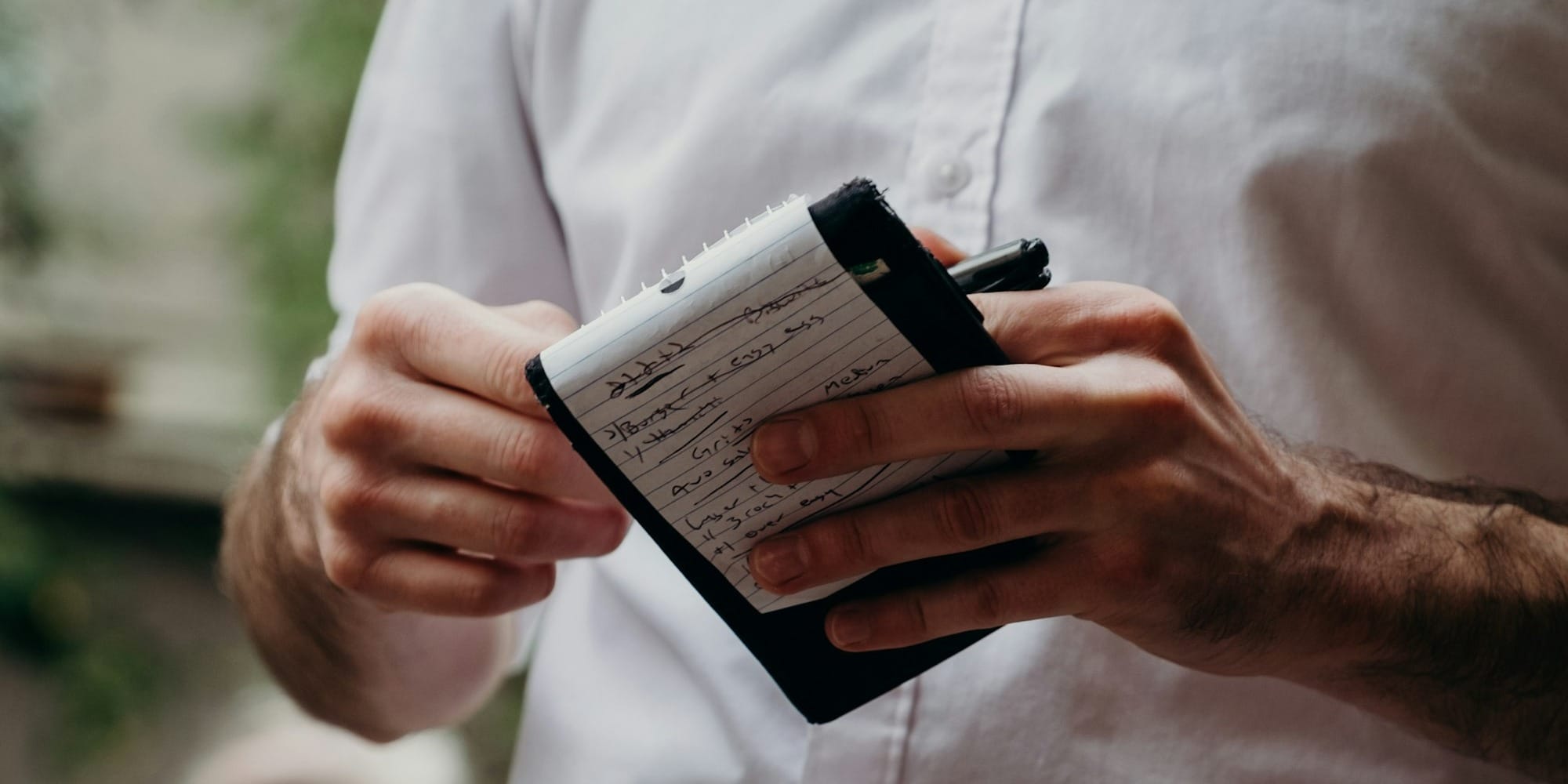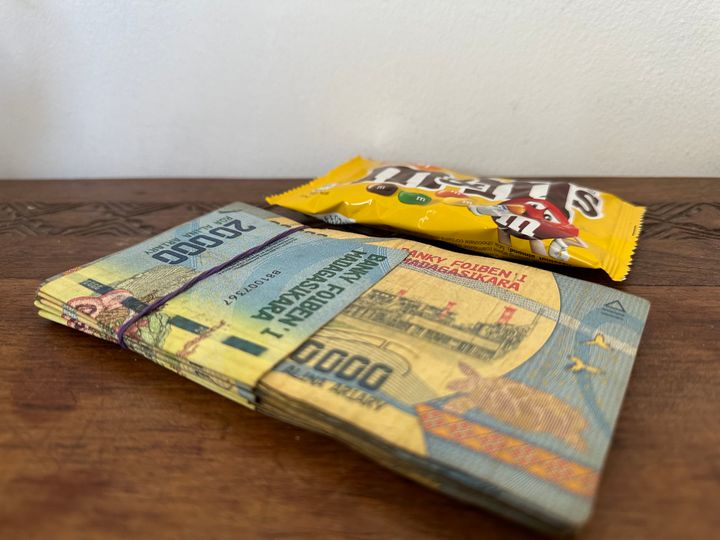Ultimate Guide to Japanese Dining Etiquette for Newcomers: Cultural Insights and Practical Tips
Unlock the secrets of Japanese dining etiquette with our guide. Dive into cultural insights and practical tips for a refined experience!

Picture this: I'm in Japan sitting in an omakase sushi bar with my friend — the only two patrons for the evening. The eighty-something year old chef presents us with exquisite pieces of sushi, his eyes gleaming with pride. In my eagerness to indulge, I reflexively drenched the delicate rice in soy sauce, which is how I grew up eating sushi. Much to the horror of the sushi chef, although he was observing us non-judgementally, his silence was palpable. This was a crash course in Japanese dining etiquette, served up with a side of embarrassment.
This guide, born out of my blunders and countless dining experiences in Japan over the past four months, is here to navigate you through the intricate dance of Japanese dining etiquette.
From the moment you step into a restaurant to the respectful departure, I'll walk you through the do's and don'ts that will not only save you from potential faux pas but also enrich your dining experience.
Expect to delve into everything from proper greetings, menu maneuvers, and the artful consumption of your meal, to navigating bathroom breaks and gracefully handling the inevitable over-order.
Entering the Restaurant: First Impressions in Japanese Dining Culture
Responding to Greetings: The Significance of "Irasshaimase!"

When you enter a Japanese restaurant, the staff will often greet you with a hearty "Irasshaimase!" (いらっしゃいませ) which means "Welcome!" This greeting is a fundamental part of Japanese hospitality, signifying the staff's acknowledgment and appreciation of your visit.
The appropriate response is a polite nod or a brief smile; a verbal response isn't usually expected. This exchange sets the tone for a respectful and appreciative dining experience.
Shoe Etiquette in Traditional Japanese Restaurants: Navigating Tatami Spaces

In traditional Japanese eateries, particularly those with tatami mat seating, you'll be expected to remove your shoes. The act of organizing your shoes neatly, pointing away from the entrance, isn't just about tidiness—it's a gesture of respect towards the establishment and other guests.
My own faux pas became a memorable lesson when I carelessly left my shoes in disarray, leading to an awkward moment as the staff had to realign them. This experience ingrained in me the importance of this subtle yet significant practice.
If unsure how to orient your shoes, observe how other patrons shoes are aligned.
Beyond shoe etiquette, it's crucial to tread carefully around tatami mats and adopt the proper seating posture, embracing the full spectrum of Japanese dining decorum.
Mastering the Art of Ordering in Japanese Restaurants
Navigating a Japanese restaurant menu, especially when it's handwritten, might seem daunting, but technology like the Google Translate app can bridge the language gap with its live translation feature.
Menu Etiquette: A Gesture of Respect

When asking for the menu, a polite phrase to use is "Menyū o misete kudasai" (メニューを見せてください), meaning "Could you please show me the menu?" Handling the menu with both hands when receiving and returning it shows respect.
Polite Ordering: Key Phrases and Cultural Insights
Adding "Kudasai" (ください), meaning "please," to requests is respectful. For example, "Kore o kudasai" (これをください ) translates to "I'll have this, please."
Needing More Time for the Menu
If you need more time to decide, "Mō sukoshi jikan kudasai" (もう少し時間ください ) means "A little more time, please."
Asking for Recommendations
To ask for recommendations, "Osusume wa nan desu ka?" (おすすめは何ですか? ) translates to "What do you recommend?"
Leaving Ordering to the Staff

For a unique experience, especially in sushi restaurants or izakayas, "Omakase de onegaishimasu" (おまかせでお願いします) means "I'll leave it to you," showing trust in the staff's selection.
Navigating the Meal: From Start to Finish
Understanding Chopstick Etiquette: Beyond Just Eating Tools
Chopstick etiquette in Japan is steeped in cultural significance, extending far beyond their utility as mere eating utensils. They should be used respectfully, avoiding actions like stabbing food, which is considered disrespectful.
Soy Sauce Etiquette: Using Condiments and Seasonings

In Japan, the nuanced use of soy sauce and condiments like wasabi and pickled ginger speaks volumes, especially in professional settings. An anecdote often shared is how Japanese bosses might gauge a potential hire's character during a meal. Overpouring soy sauce and not finishing what you poured on your saucer can be subtly observed as indicators of poor judgment. This mirrors the broader cultural emphasis on moderation, anticipation of needs, and respect for resources, reflecting an individual's ability to make thoughtful decisions.
When it comes to condiments like wasabi or pickled ginger, the key is moderation. Wasabi is traditionally mixed into soy sauce for sashimi, but not for sushi, respecting the chef's seasoning.
Handling Sushi and Sashimi

Sushi can often be eaten with your hands. When dipping sushi in soy sauce, lightly touch the fish side to the sauce to avoid soaking the rice (don’t make the same mistake I did when I visited the sushi restaurant!).
Sashimi, on the other hand, should be enjoyed with chopsticks, lightly dipped in soy sauce, and complemented with a small amount of wasabi to enhance but not overpower the fish's natural flavor.
The Ritual of Saying Grace: "Itadakimasu" and "Gochisousama deshita"
Before and after a meal, it's customary to say "Itadakimasu" (いただきます) and "Gochisousama deshita" (ごちそうさまでした), expressing gratitude for the food and the effort that went into preparing it.
Beverage Etiquette: Savoring Drinks the Japanese Way
Ordering Beverages: From Ice Water to Specialty Teas

For ice water, say "O-mizu o kudasai" (お水をください), and for cold water, add "Tsumetai" before "o-mizu" to say "Tsumetai o-mizu o kudasai" (冷たいお水をください).
To request hot water, use "O-yu o kudasai" (お湯をください). For tea, which is often served by default, the phrase is "O-cha o kudasai" (お茶をください).
If you have a specific tea preference, like green tea, say "Ryokucha o kudasai" (緑茶をください), or for roasted green tea, "Hōjicha o kudasai" (ほうじ茶をください).
Toasting and Drinking Customs: The Communal Aspect
It's customary to serve others before yourself, using both hands for the bottle, and to wait for everyone to be served before toasting with "Kanpai" (乾杯).
Concluding Your Meal: Etiquette for Finishing and Paying
Finishing Your Meal: Appreciation through Action
Showing appreciation for your meal involves more than just enjoying the flavors; it's about acknowledging the care and craftsmanship that went into its preparation. A clean plate signifies respect and satisfaction with the meal served.
Handling Leftovers and Unfinished Dishes: A Respectful Approach

In Japanese culture, it's customary to finish all the food you've ordered as a sign of respect for the chef and the meal. If you're unable to finish, politely explain that you're full.
Unlike in many Western cultures, asking for a takeaway box is not common practice in Japan.
Settling the Bill: Tipping Culture and Payment Practices

In Japan, the act of tipping is not customary and can sometimes be seen as rude. The bill is typically settled at the counter, not at the table, maintaining the dining area's sanctity and the dining experience's flow.
Departing the Restaurant: The Final Touch in Dining Etiquette
Expressing Gratitude: The Importance of a Parting Thank You
A heartfelt "Arigatou gozaimashita" (ありがとう ございました) as you leave not only shows your gratitude for the service and experience but also respects the establishment's hospitality and dedication to your dining experience.
Special Considerations in Japanese Dining
Dietary Restrictions and Allergies: Communicating Your Needs
When dining in Japan, it's important to clearly communicate any dietary restrictions or allergies. Use the phrase "Arerugī ga arimasu" (アレルギーがあります) to indicate that you have an allergy, followed by the specific allergen. This upfront communication helps ensure a safe and enjoyable dining experience.
Additional Dining Etiquette Tips
Using Restrooms: Slipper Etiquette in Japanese Restaurants
Be mindful of slipper etiquette when using restrooms in traditional Japanese restaurants. Often, there will be specific slippers designated for restroom use. Ensure you switch to these upon entering and switch back to your original slippers afterwards.
Navigating Smoking Regulations: Respecting Spaces and People
Pay attention to smoking regulations within restaurants. Many establishments now have specific smoking areas or may be completely non-smoking. Always look for signage indicating smoking policies or inquire with the staff to respect the dining environment and fellow patrons.
Conclusion

In this comprehensive guide, we've navigated the intricate nuances of Japanese dining culture, from the initial greeting of "Irasshaimase!" to the final gesture of gratitude with "Arigatou gozaimashita." Each section, from shoe etiquette to the delicate balance of soy sauce usage, underscores the sophistication and subtlety inherent in Japanese customs. This journey isn't about navigating a minefield of rules but appreciating the depth of a culture that values respect, anticipation, and the art of dining. By embracing these insights, readers can move beyond seeing Japanese dining etiquette as a series of strict protocols, recognizing instead the elegance and thoughtfulness that define this rich cultural tapestry.
Bonus: Phrasebook
| Japanese Pronunciation | Japanese Word | Phrase in English |
|---|---|---|
| Irasshaimase | いらっしゃいませ | Welcome! |
| Menyū o misete kudasai | メニューを見せてください | Could you please show me the menu? |
| Kore o kudasai | これをください | I'll have this, please. |
| Mō sukoshi jikan kudasai | もう少し時間ください | A little more time, please. |
| Osusume wa nan desu ka? | おすすめは何ですか? | What do you recommend? |
| Omakase de onegaishimasu | おまかせでお願いします | I'll leave it to you. |
| Itadakimasu | いただきます | (Said before eating) Thank you for the meal (I'm about to receive). |
| Gochisousama deshita | ごちそうさまでした | (Said after eating) Thank you for the meal (I have received). |
| O-mizu o kudasai | お水をください | Water, please. |
| Tsumetai o-mizu o kudasai | 冷たいお水をください | Cold water, please. |
| O-yu o kudasai | お湯をください | Hot water, please. |
| O-cha o kudasai | お茶をください | Tea, please. |
| Ryokucha o kudasai | 緑茶をください | Green tea, please. |
| Hōjicha o kudasai | ほうじ茶をください | Roasted green tea, please. |
| Kanpai | 乾杯 | Cheers! |
| Arigatou gozaimashita | ありがとう ございました | Thank you very much. |
| Arerugī ga arimasu | アレルギーがあります | I have an allergy. |



Comments ()